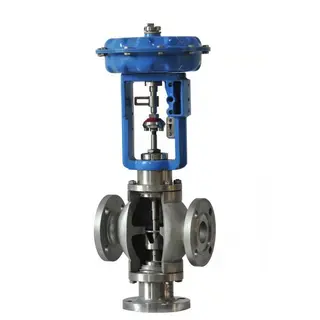3-Way Globe Control Valve: A Comprehensive Guide
Introduction Industrial processes across sectors—from power generation and chemical manufacturing to HVAC and water treatment—rely on precise control of fluid flow. One highly effective solution in many of these systems is the 3-Way Globe Control Valve. Known for its versatility and accurate flow modulation, the 3-way globe valve stands out as a vital component where flow mixing or diversion is essential. The 3-way globe control valve is engineered with three ports or openings, enabling...












